Achieving Carbon Neutrality–A Small Step to a More Sustainable Future

Achieving Carbon Neutrality—A Small Step to a More Sustainable Future
Kahtoola was born out of the idea that innovative, high-quality gear can make the outdoors more accessible and rewarding for everyone. It’s been our mission to help people connect with wild places and enrich their lives in the process.
We’re proud of the legacy that mission has left behind, but producing high-quality, performance-oriented gear that’s designed and built to stand the test of time takes a lot of energy. That’s why we’re constantly working on new and innovative ways to reduce our impact on the outdoor spaces we benefit from and love so much.
And it’s why we’re excited to announce that Kahtoola has now offset 100 percent of our carbon footprint. There’s still work to be done, and we’ll continue to find ways to reduce our footprint, but through investment in environmental stewardship and conservation projects, we’ve taken the first step down the path to eliminating our emissions altogether.
Determining Our Impact
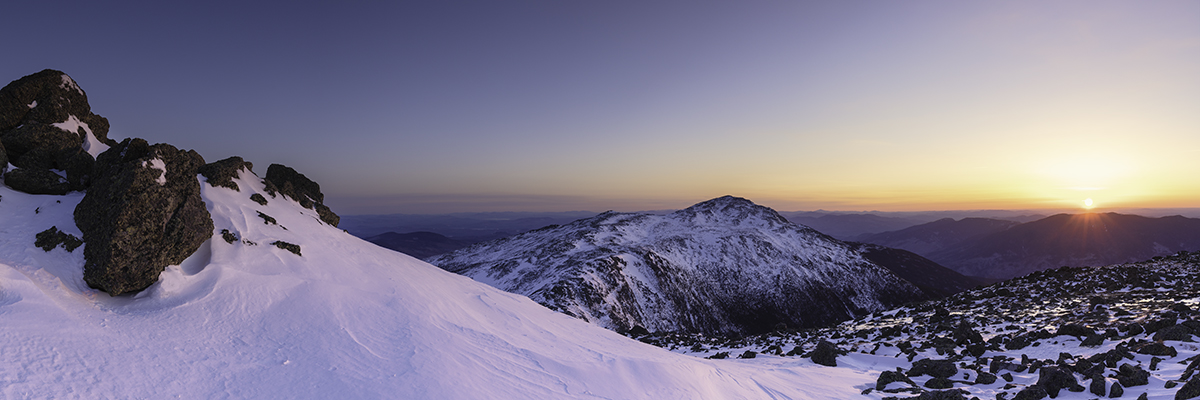
In order to offset our carbon footprint, we needed to measure it. To do this we set 2019 as our baseline year and got to work. We used a pre-COVID business year for our baseline as we believed it would best represent our longer-term average emissions.
Measuring these emissions was no easy task as many sources of greenhouse gases (GHG) aren’t easy to track. For help, we worked closely with the Outdoor Industry Association’s Climate Action Corps (CAC) to determine how best to approach accounting for all of our operating emissions.
With the CAC’s guidance, we were able to implement widely accepted methods of measuring GHG emissions by taking inventory of our Scope 1, 2 and 3 emissions. Each scope includes different emission sources and, together, they provide a clear view of our overall CO₂e emissions and a starting point for the amount we need to offset. Here are a few examples of what each scope covers in practical terms:
- Scope 1 – includes direct GHG emissions from the reporting company (us). These include emissions from things like heating our headquarters and operating our company vehicles.
- Scope 2 – includes indirect emissions from the electricity we purchase from the grid. At Kahtoola, this is substantially offset by a solar array used at our headquarters.
- Scope 3 – includes indirect GHG emissions generated during the process of manufacturing and operations outside of the company itself including, but not limited to, raw material sourcing, shipping, manufacturing, business travel and employee commuting.
Because scope 3 emissions can be very difficult, if not impossible, to measure directly, we relied on estimates and used industry standards where necessary. We determined that our Scope 1 emissions totaled 20.5 tonnes (t) or 2% of our total emissions of CO₂e annually, our Scope 2, 0.5 t (0.05%) and our Scope 3, 941 t (97.5%).
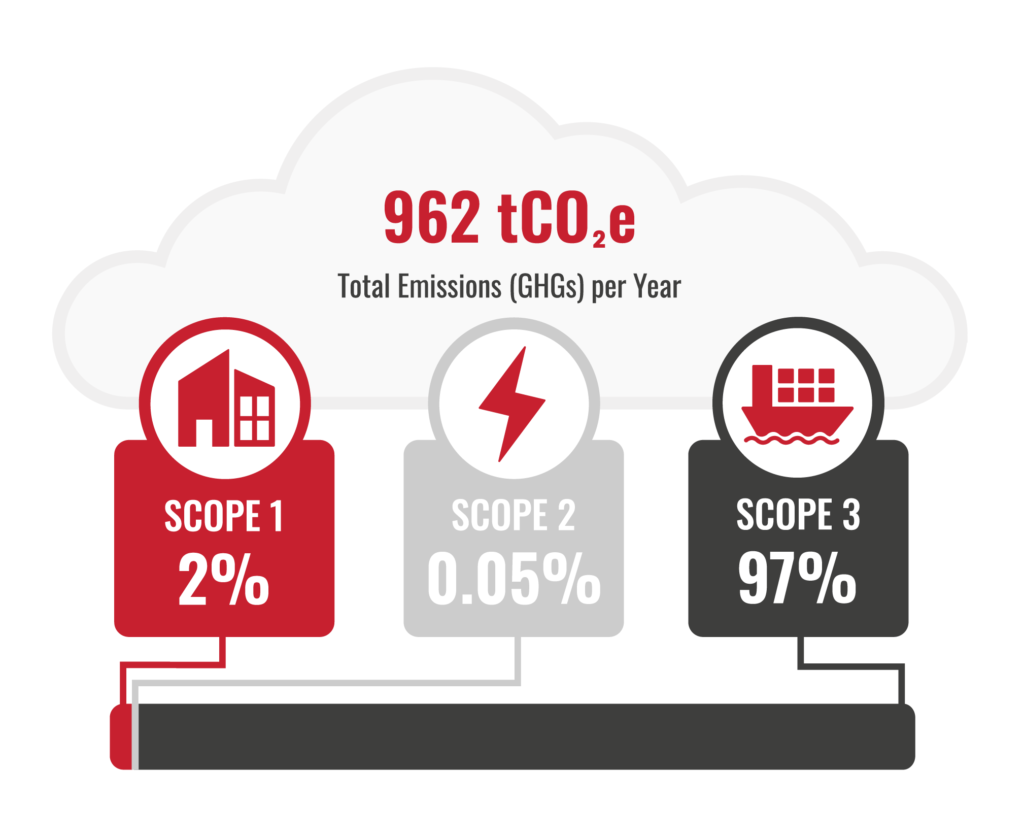
For comparison, just our Scope 1 and 2 emissions combined equal the same amount of GHGs per year as 49 barrels of oil, 858 home barbecue-sized propane tanks or 52,777 miles driven by an average passenger vehicle.
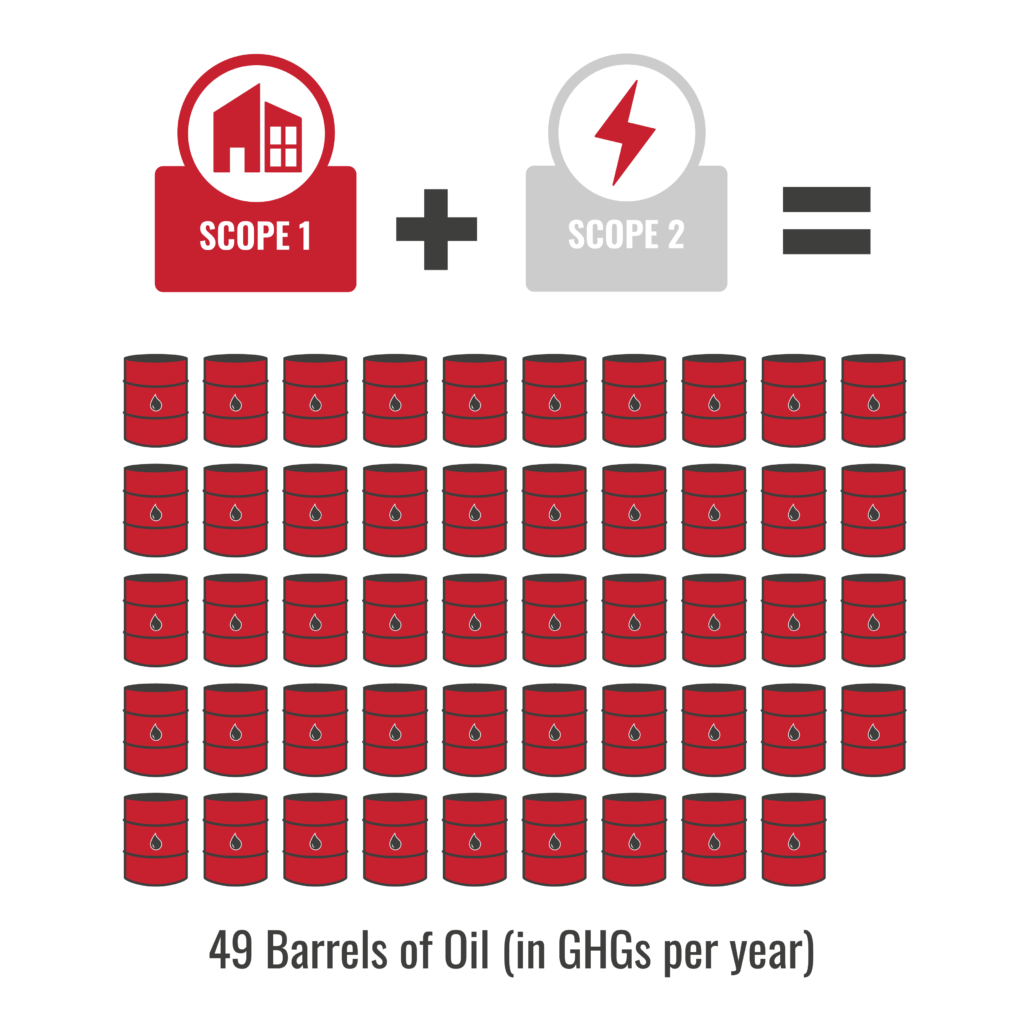
Combined, our scope 1, 2 and 3 emissions total 962 tCO₂e, which represents the amount of GHGs our business is responsible for each year. As noted above, we found that our Scope 3 emissions account for the vast majority of our overall GHG footprint. These emissions are largely outside of our direct control, and reining them in is a long-term goal we’re committed to achieving. But, in the short term, we’ve chosen to offset our emissions now rather than wait.
How Can We Meaningfully Offset Our Impact?
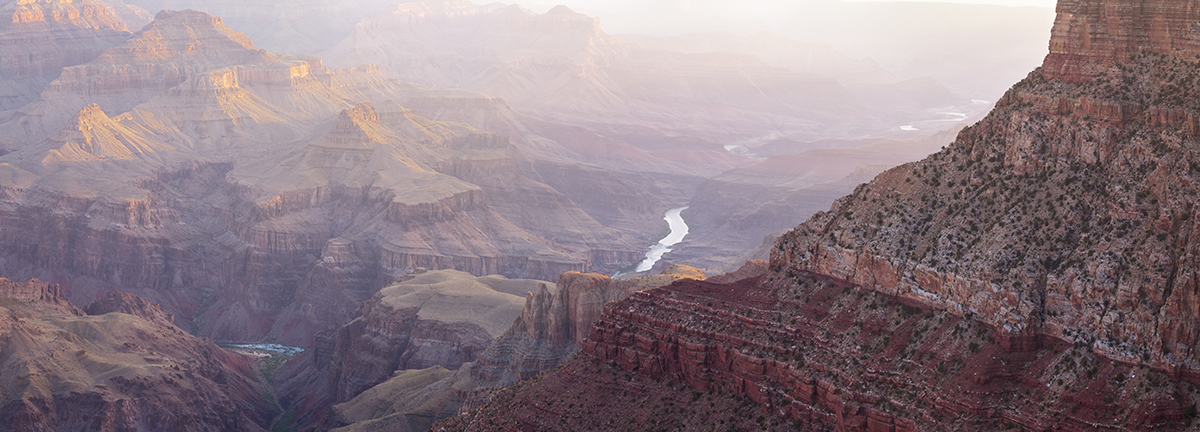
Once the extent of our greenhouse gas emissions had been established for 2019, we needed to determine the best way to offset them. There are a multitude of options in the carbon offsetting space, but it was important that any company we partnered with aligned with our goals and values.
Of all the options, we chose a carbon offset provider called Native and their Help Build program. Native’s focus is on smaller, high-quality, community-based offset projects that may not normally receive funding from larger carbon markets. The purchase of these offsets help the project investors recover their investment and support the market for carbon projects. As a small company ourselves, we felt more connected to this type of small-scale investment than to larger initiatives.
Initially, based on input from us, Native curated a range of projects that aligned with our values and that would offset enough carbon to cover our emissions. From there, each Kahtoola Associate had the chance to vote for the projects they wanted to see the company invest in. In the end, we chose to split our investment equally between three that we believe will make a real, and lasting, difference.
Taking Concrete Steps Toward Sustainability
We’re excited about what the future holds and how our chosen projects will contribute to making the world a more liveable place. Each one is about people and the planet and about making the relationship between the two a more sustainable one.
The Northern Great Plains Regenerative Grazing Project
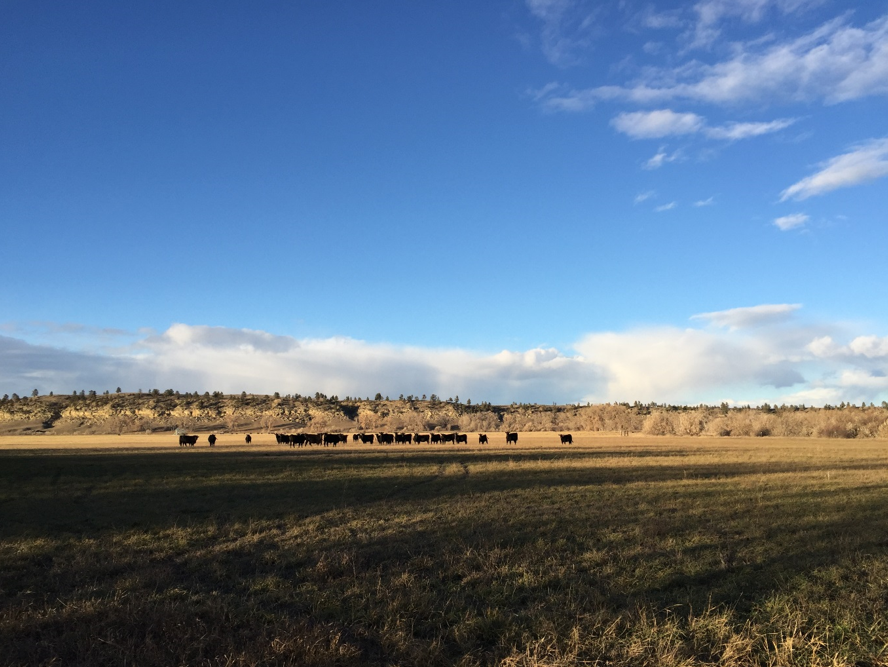
This 33,000-acre project is located in Montana’s Sweet Grass and Musselshell counties. It aims to improve soil health and increase carbon sequestration through improved ranching practices.
Our investment will provide funding for fencing and water infrastructure that will allow ranchers to rotate livestock over more grazing land more often so that the land can recover and regenerate. As Native puts it, this “project seeks to restore this ecosystem and its resilience to its full potential, sustaining abundant and diverse species and livelihoods.”
We chose this grazing initiative because it focuses on people and the planet. Once fully up and running, the program aims to return the land to the way it had been for millennia before the introduction of cattle, while still allowing ranchers to maintain their livelihoods.
Medford Spring Grassland Conservation
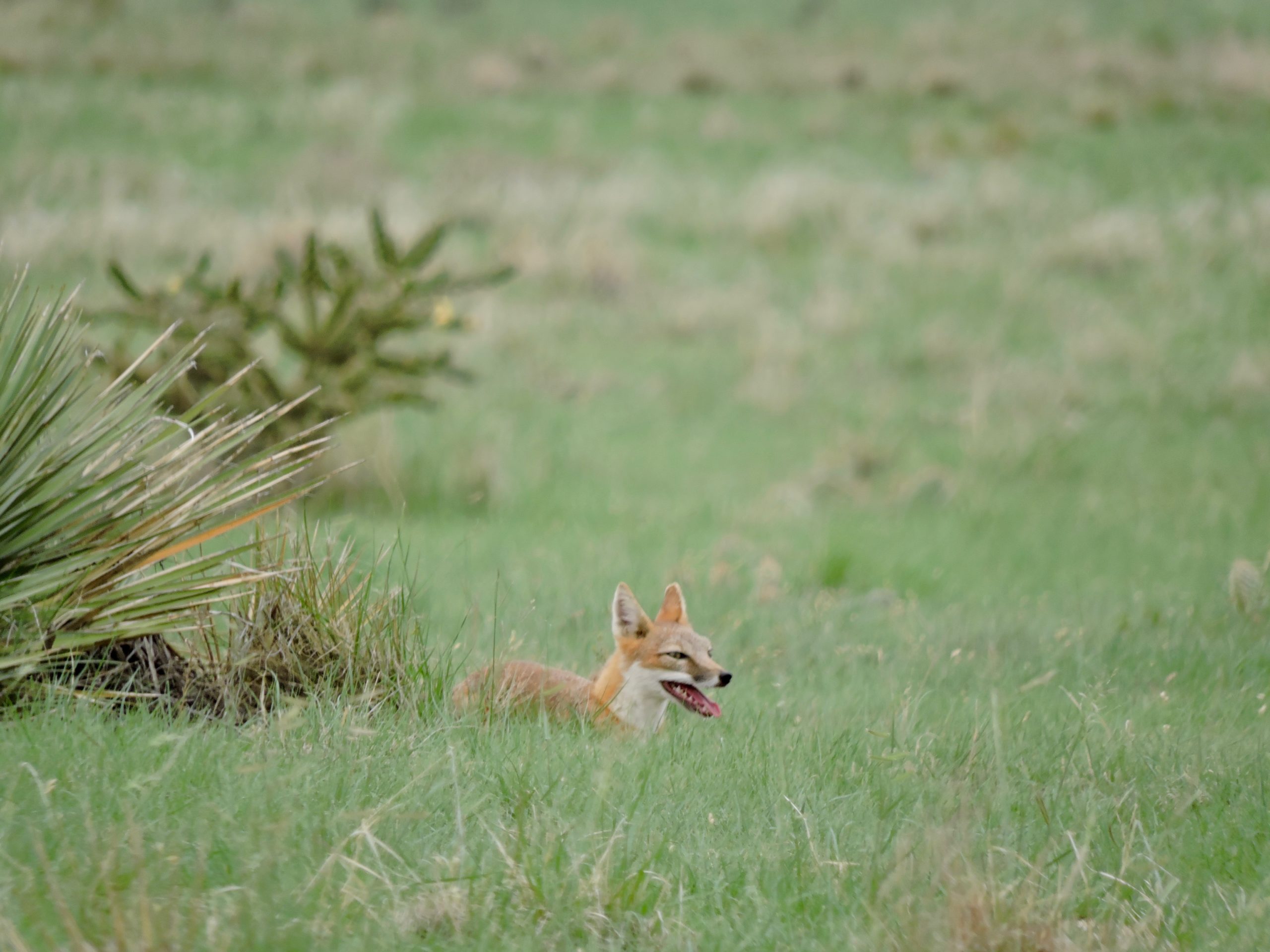
This project works to increase biodiversity and wildlife protection over an area of 6,900 acres in Bent County, Colorado.
Grasslands in Bent County are under the threat of being converted to cropland as the cost of renting land for agriculture is higher than for pastureland. To keep these grasslands safe from intensive farming practices, our investment will help secure a permanent conservation easement that will check further development. In its natural state, the land will have the potential to sequester an estimated 190,000 tCO₂e over the next 50 years. This initial investment is also part of a larger plan to conserve a total of 24,500 acres of adjacent lands for the same purpose.
Geographically, this is the closest project to our home base in Flagstaff, AZ. It’s important to us that we help protect wild places in our own backyard. According to Native, “This project will help halt the loss of the remaining 50% of Colorado’s shortgrass prairie”. In turn, that will maintain biodiversity in the area and keep this portion of grassland open for local public schools and historical societies to use for educational events.
Sky Wind Project

Sky Wind is a 96 MW (mega watts) wind project. Located in the Santara District in the Maharashtra region of India, it aims to help clean up one of the country’s, and the world’s, dirtiest electrical grids.
Cleaning up dirty electrical grids not only improves our planet’s health, but also the health and well-being of those who live there. Native calculates that “the average GHG emission reductions from this project is 135,000 tCO₂e per year or the equivalent of almost 14,000 US homes’ energy use for one year.”
Climate change is a global issue and we’re excited to be able to support a project with an international scope.
The Final Tally
Added together, these three projects offset what we’ve determined to be Kahtoola’s carbon footprint—that’s 962 tCO₂e each year. It’s a great start, and now that we have carbon offsets in place, we’re excited to turn our attention to implementing reduction strategies that will help us to reduce our overall emissions. Our goal moving forward is to become part of an ambitious initiative set by the CAC to make the outdoor industry the first climate-positive industry in the world.
The Positive Potential of People and the Planet
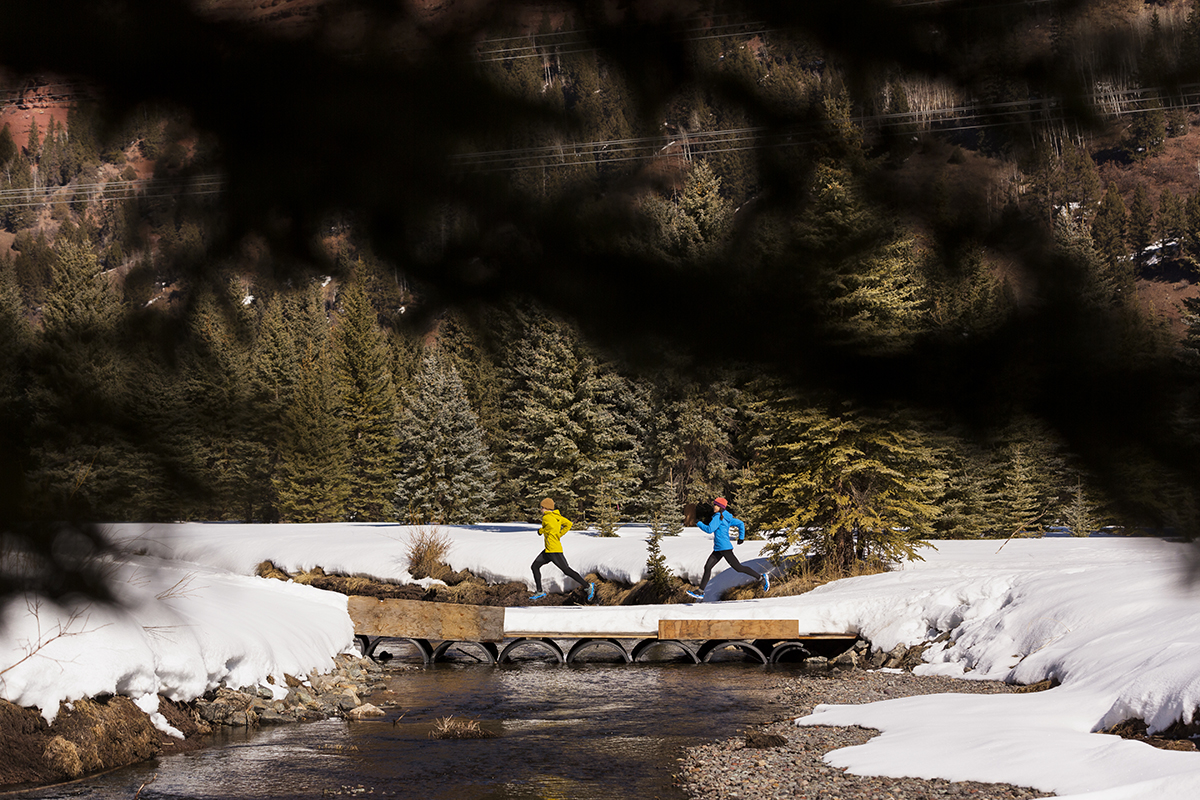
We believe in people. And we’re optimistic about our future and the future of the planet. It’s people that are causing climate change, but we’re certain it will be people that will find a solution.
This carbon offsetting project was a team effort from everyone at Kahtoola, but without the positive potential of two of our Associates, Betsy Harter and Kelly Slutz, who went above and beyond, it may never have taken off. They took the reins and got it done, and they’re already taking the lead on working out how we, as a company, can do better. Our wild places are important to us all, and we’re committed to doing our part to keep them pristine and accessible for future generations.
